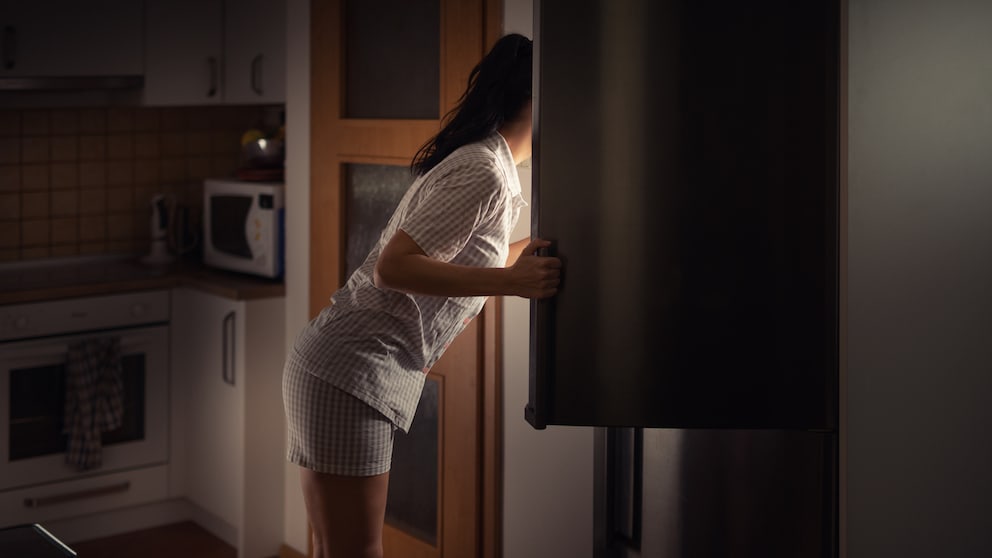September 17, 2024, 8:12 am | Read time: 3 minutes
Does having lots of food in the fridge mean high electricity consumption? TECHBOOK asked an expert.
A well-stocked fridge not only looks good but also gives many people a positive feeling. And conversely, who doesn’t know the feeling of being disappointed on a Sunday to find that there isn’t enough to cook something delicious? But given the prices, does this perhaps at least save electricity given that more mass consumes more energy? Jürgen Ripperger from the German Electrical, Electronic & Information Technologies Association (VDE) knows the answer.
Putting things away consumes a lot of energy
In fact, as is so often the case, the answer is “it depends”. It depends on how long the food has been in the fridge. The reason: air cools faster than water. “Food consists largely of water and therefore requires more energy for the cooling phase immediately after being placed in the fridge,” Jürgen Ripperger tells TECHBOOK. If you put new food in the fridge, it initially consumes significantly more electricity to cool this food down.
Water, on the other hand, can store cold better than air. “This is why it stays cold for longer in a full refrigerator without requiring energy. The same principle as when using cooling batteries,” says expert Ripperger.
User behavior determines electricity consumption in the refrigerator
Therefore, the most significant factor in a refrigerator’s electricity consumption is not whether it is full or empty, but our own behavior. Every time the fridge is opened, the air heats up. “As a result, the energy required to cool it down to the set control value increases,” says Ripperger.
This is different with a full fridge because the cold is stored in the food containing water. As a result, the refrigerator cools down less when it is opened and, therefore, requires less energy. Generally, the power consumption of fridges depends on how often they are used, especially how often the door is opened and how long it is open. It can, of course, be argued that we open a full fridge more often than an empty one. So, it really depends on the individual case.

Caution Almost everyone does it! This error destroys your laptop battery

Gaming Users should urgently switch Nintendo console back on now

Watch Out! 8 Mistakes That Destroy Your Cell Phone Battery
Energy-Saving Tips from the Expert
In addition to the opening time and the number of times the door is opened, consumers should also follow the manufacturer’s recommendations. Ripperger says this can save users a lot of energy. Even appliances with a relatively low connected load can consume a lot of extra electricity if the manufacturer’s recommendations are not followed. The location of the refrigerator is particularly important. “The more difficult it is for heat to dissipate into the ambient air, the more energy a refrigerator requires. Good ventilation at the back of the fridge, where the heat exchanger is located, significantly improves efficiency,” says Jürgen Ripperger.
It is, therefore, crucial to install the refrigerator in the coolest area of the kitchen, especially not in the direct vicinity of a heat source such as a stove. Consumers should also think carefully about what size they really need, as smaller models naturally also consume less energy. Older refrigerators should also be replaced if possible. Despite the purchase price, a new appliance can still be cheaper than the annual electricity bill for an old appliance.
Ripperger also explains: “It’s important for consumers to know that iced-up heat exchangers inside a refrigerator significantly reduce efficiency and cause electricity consumption to rise significantly. For basic models without ‘no-frost technology,’ regular defrosting by the user is the only solution.”

